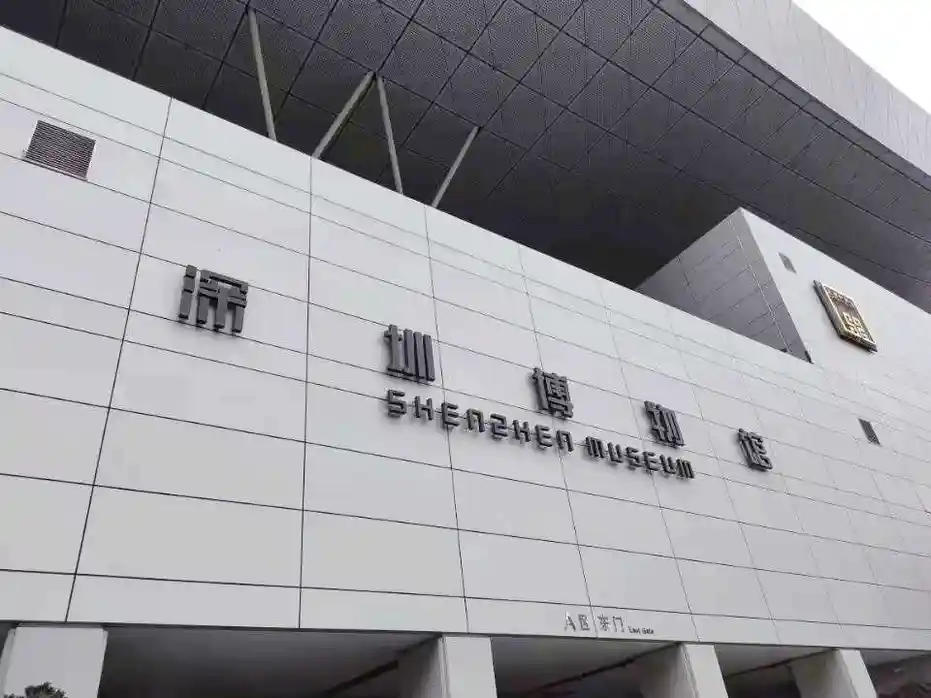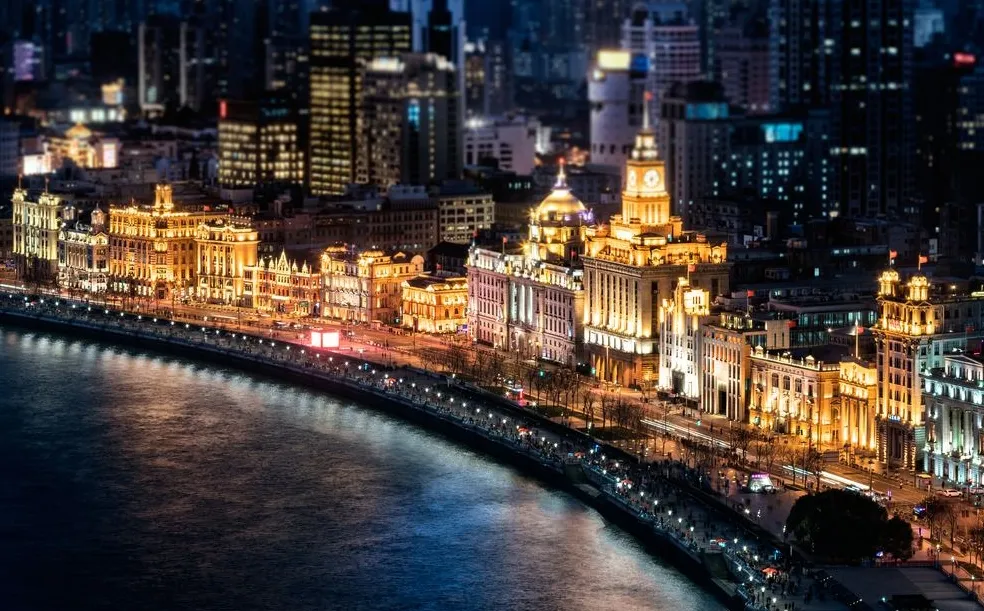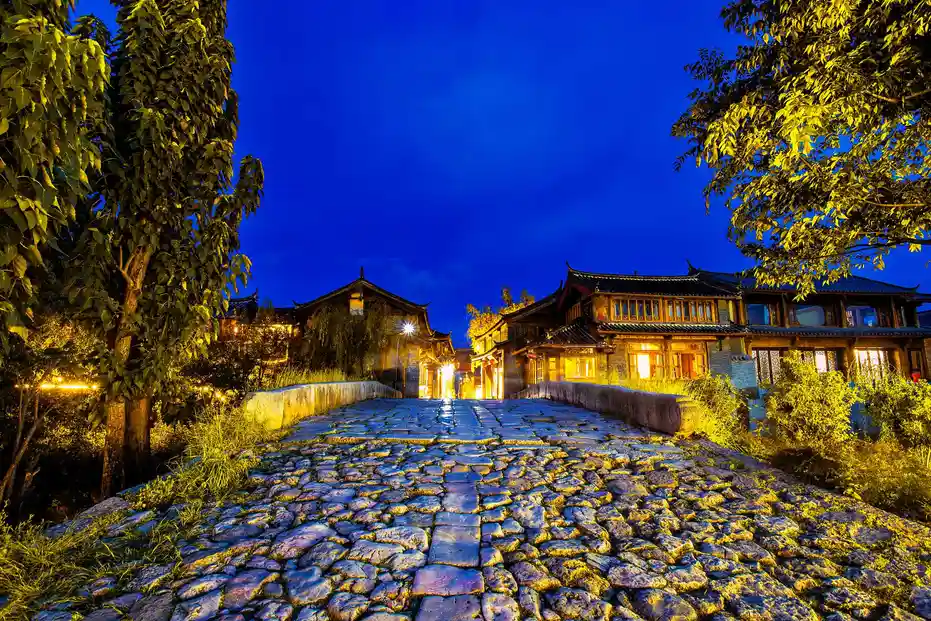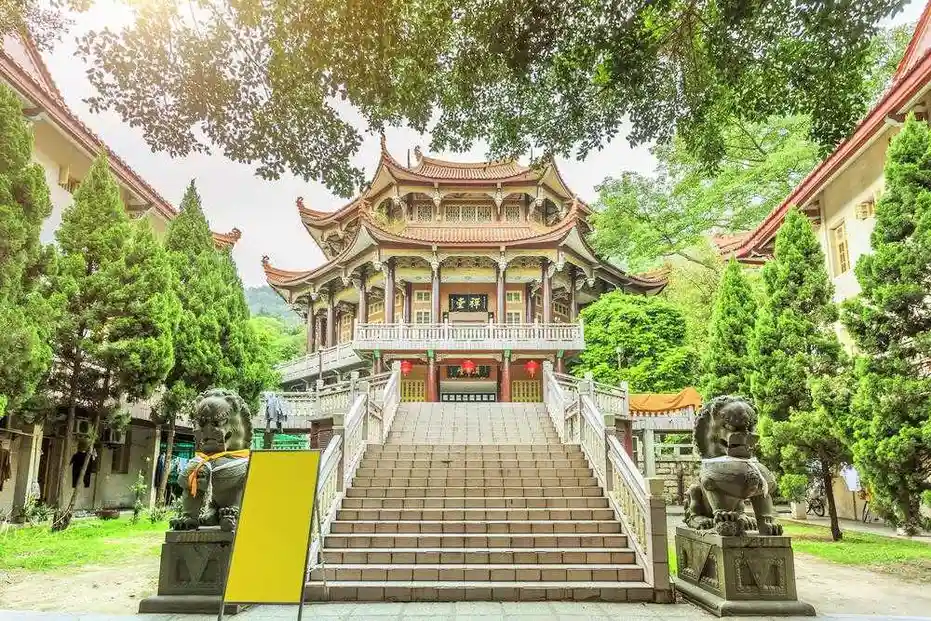Discover the Cultural Heart of Southern China
Shenzhen is known for its rapid urbanization and tech innovation. But beneath the skyscrapers and bustling streets lies a rich cultural heritage. The Shenzhen Museum plays a key role in preserving and showcasing this legacy.
This guide covers everything you need to know before visiting. From opening hours and ticket details to must-see exhibits and travel tips, we’ve got you covered. Whether you’re a local resident or a tourist planning a trip, this resource will help you make the most of your experience.
The museum is more than just a collection of artifacts. It tells the story of how a small fishing village transformed into a global tech hub. With multiple locations and diverse exhibitions, it offers something for history lovers, art enthusiasts, and curious minds alike.
Let’s explore what makes this institution a must-visit destination in southern China.
Why Visit the Shenzhen Museum?
The Shenzhen Museum is not just a local attraction—it’s a gateway to understanding China’s modern development. It captures the spirit of innovation while honoring traditional culture.
Visitors gain insight into the region’s history, from ancient times to the present day. The museum highlights archaeological finds, folk traditions, and the city’s economic rise.
Interactive displays and bilingual signage make it accessible to international guests. Families, students, and solo travelers all find value in its well-curated spaces.
Unlike many urban museums focused solely on art or science, this one blends both. It offers a holistic view of Shenzhen’s identity.
If you’re interested in how cities evolve, this museum provides a compelling case study. Its narrative is both educational and inspiring.
Locations and Opening Hours
The Shenzhen Museum operates across several sites. Each location focuses on a different theme. Knowing which one to visit saves time and enhances your experience.
Main Hall – Civic Center Location
Located in Futian District, this is the most visited branch. It features permanent exhibitions on local history and reform-era development.
– Address: 2003 Binhe Dadao, Futian District
– Open: Tuesday to Sunday, 10:00 AM – 6:00 PM (last entry at 5:30 PM)
– Closed: Mondays (except public holidays)
Old City Hall Branch
This site emphasizes traditional Cantonese culture and folk customs.
– Address: 1 Tongxin Road, Nanshan District
– Open: 9:00 AM – 5:00 PM, closed Mondays
– Smaller space, ideal for short visits
Special Note on Holidays
Opening times may change during Chinese New Year or National Day. Always check the official website before visiting.
All branches are closed on major public holidays unless announced otherwise. Plan accordingly to avoid disappointment.
Admission Fees and Free Entry Options
One of the biggest advantages of visiting the Shenzhen Museum is affordability. Most exhibitions are completely free.
A valid ID is required for entry. Foreign visitors can use their passport. Tickets are issued at the entrance or through the official WeChat mini-program.
Some special temporary exhibitions may charge a small fee—usually between ¥20 and ¥50. These often feature international loans or high-profile artists.
| Exhibition Type | Admission Fee | Booking Required? |
|---|---|---|
| Permanent | Free | No |
| Temporary | ¥20–¥50 | Yes (recommended) |
| Special Events | Varies | Yes |
Children under 12 must be accompanied by an adult. Group visits of 10+ people should book in advance.
How to Get There: Transportation Tips
Reaching the museum is easy thanks to Shenzhen’s efficient public transit system.
The main hall is near Civic Center Station on Metro Lines 2 and 4. Exit C leads directly to the building.
For the Old City Hall branch, take Line 1 to Huaqiang Road Station. A 10-minute walk or short bus ride will get you there.
Bus routes 107, 215, and 373 stop near the main museum. Real-time tracking apps like Baidu Maps or Gaode (Amap) help plan your route.
If driving, underground parking is available but fills up quickly on weekends. Arrive early or consider ride-hailing services like DiDi.
Must-See Exhibits at the Shenzhen Museum
The museum’s permanent collection includes over 20,000 artifacts. Here are the top highlights you shouldn’t miss.
“From Fishing Village to Megacity”
This exhibit traces Shenzhen’s transformation from the 1970s to today. Archival photos, economic data, and personal stories bring the reform era to life.
Models of early factories and housing units show how quickly the city expanded. It’s a powerful reminder of China’s rapid modernization.
Ancient Nanyue Kingdom Artifacts
Discover relics from the Han Dynasty and earlier periods. Bronze drums, pottery, and jade pieces reveal early settlement patterns in Guangdong.
These items were unearthed during construction projects across the city. They prove that Shenzhen’s roots go back over 2,000 years.
Folk Culture and Hakka Traditions
This section explores the lives of early villagers. Traditional clothing, farming tools, and festival displays offer a glimpse into rural life.
Don’t miss the recreated Hakka roundhouse interior. It’s one of the most photographed spots in the museum.
Interactive and Family-Friendly Features
The Shenzhen Museum is designed for all ages. Interactive kiosks allow visitors to dig deeper into topics of interest.
Touchscreens offer 3D models of ancient tools and historical maps. Some stations include audio guides in English, Japanese, and Korean.
Children enjoy the hands-on activity zone. They can try calligraphy, dress in traditional costumes, or solve cultural puzzles.
Regular weekend workshops teach paper cutting, lantern making, and storytelling. These are especially popular with families.
School groups can book guided tours with educators. The museum also hosts temporary science and art fairs during holidays.
Photography and Visitor Guidelines
Photography is allowed in most areas. Flash and tripods are prohibited to protect delicate artifacts.
Some temporary exhibits may restrict photos entirely. Look for signs at the entrance of each hall.
Backpacks larger than 30L must be checked. Lockers are available near the main entrance.
Food and drinks are not permitted inside exhibition spaces. A café and water stations are located in the lobby.
Respect quiet zones and avoid loud conversations. This ensures a pleasant experience for all guests.
Special Events and Temporary Exhibitions
The museum regularly hosts rotating exhibitions. These often feature collaborations with international institutions.
Recent highlights include:
– “Silk Road Treasures” from Xinjiang museums
– Contemporary Chinese photography series
– Joint exhibit with the Hong Kong Heritage Museum
Lectures and curator talks are held monthly. Many are streamed online for remote audiences.
Follow the museum’s official social media or subscribe to their newsletter to stay updated.
These events offer deeper engagement and unique access to rare items.
Accessibility and Visitor Services
The Shenzhen Museum is committed to inclusivity. All main halls are wheelchair accessible.
Elevators, tactile paths, and Braille signage assist visitors with visual or mobility impairments.
Free wheelchairs and strollers are available at the service desk. Staff are trained to assist international guests.
Rest areas with seating are placed throughout the building. Nursing rooms and accessible restrooms are also provided.
Multilingual staff can help with directions or emergency needs. Service animals are welcome.
Final Thoughts: Make the Most of Your Visit
The Shenzhen Museum offers a rare blend of history, culture, and modern insight. It’s an essential stop for anyone wanting to understand the city beyond its skyline.
Plan your visit around opening hours and transport options. Arrive early to avoid crowds, especially on weekends.
Don’t rush through the exhibits. Take time to read descriptions and engage with interactive displays. Consider joining a guided tour for deeper context.
Whether you’re researching, sightseeing, or traveling with family, this museum delivers value. It reflects Shenzhen’s past, present, and future in one compelling space.
Visit soon—and discover the soul of China’s most dynamic city.



